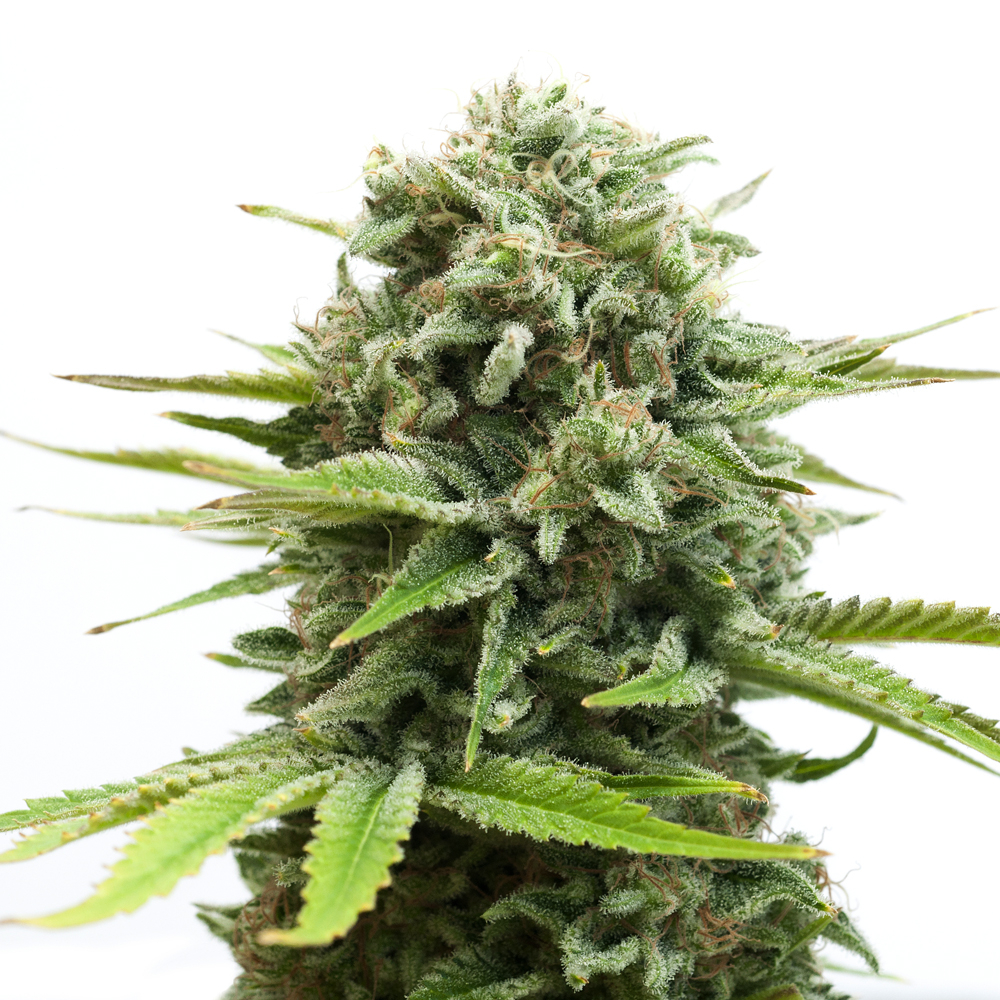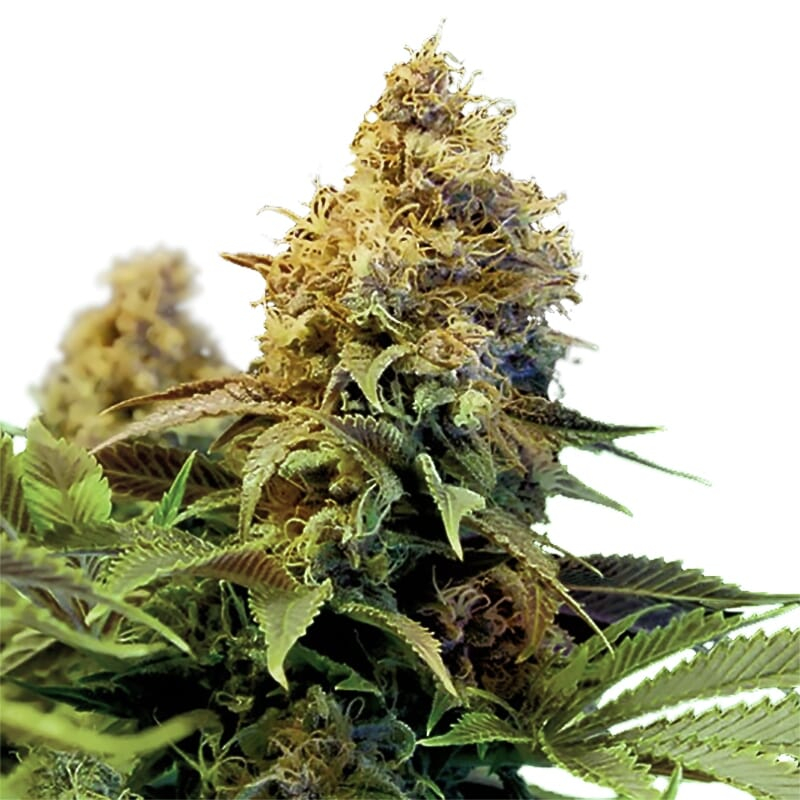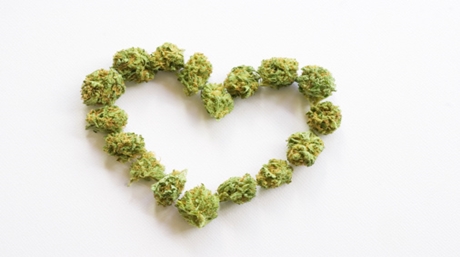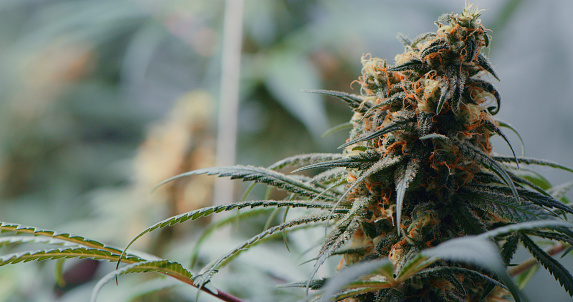This article about cannabis cultivation, refers to the following topics: cannabis timeline, cannabis grow time, cannabis growing stages plan, cannabis growing timeline, cannabis plant grow timeline, cannabis production plan, cannabis from seed timeline, cannabis aspic history, a cannabis life cycle, a cannabis plant life cycle.
All Starts with a Good Plan to Maximize Success
In this article you will find answers to following questions: What is the cannabis timeline, How long does cannabis take to grow, What does the cannabis growing stages plan involve, How does the cannabis growing timeline progress,
Optimize Yield by following your Timeline with Discipline
What is the timeline for cannabis plant growth, What does the cannabis production plan entail, How long does it take for cannabis to grow from seed, Can you share some insights into the aspic history of cannabis, What are the different stages of the cannabis life cycle, Can you explain the life cycle of a cannabis plant.
Introduction:
Welcome to the world of cannabis cultivation! Whether you’re a seasoned grower or a beginner, developing a well-thought-out cannabis cultivation plan and timeline is essential for maximizing your success and optimizing yields. In this comprehensive guide, we will delve into the crucial steps and considerations involved in creating an effective plan to grow cannabis. From selecting the right cannabis seeds to implementing the best practices for cannabis growing, we’ll provide you with valuable insights to help you achieve your goals. So, let’s get started on this exciting journey of cultivating cannabis.
Section 1: Selecting High-Quality Cannabis Seeds
The foundation of a successful cannabis cultivation plan lies in choosing high-quality cannabis seeds. Here are some key points to consider:
- Research Different Cannabis Seeds:
Before you embark on your cannabis growing journey, it’s important to research different cannabis seeds available in the market. Understanding the various strains, such as cannabis seeds and marijuana seeds, will help you make informed decisions based on factors like growth patterns, flowering time, THC and CBD levels, and desired effects. - Source your Marijuana Seeds from Reliable Suppliers:
To ensure the best start for your cannabis plants, it is crucial to source your cannabis seeds from reputable and reliable suppliers. Look for breeders who have a proven track record of producing high-quality cannabis seeds. Trusted suppliers will provide you with cannabis seeds that have a higher likelihood of producing healthy and robust plants. - Consider Your Growing Environment:
Take into account your specific growing environment, whether it is indoor or outdoor cultivation. Factors such as climate, available space, and resources will influence your choice of cannabis seeds. Select seeds that are suitable for your particular growing conditions to maximize their potential. - Germination and Seedling Stage:
The germination and seedling stage is a critical phase in cannabis cultivation. To ensure a successful start, follow these steps:- Place your cannabis seeds in a damp paper towel or a germination medium.
- Keep the environment warm and maintain a consistent temperature between 70-80°F (21-27°C).
- Monitor the moisture levels and ensure the seeds are not exposed to direct light.
- Once the seeds have sprouted, gently transfer them to your chosen growing medium and provide a nurturing environment with appropriate humidity, temperature, and lighting.
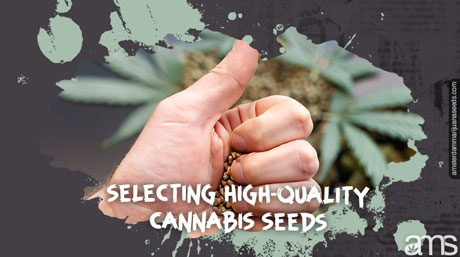
Section 2: Designing Your Cannabis Cultivation Space
Creating an optimal cultivation space is essential for healthy plant growth and maximizing yields. Consider the following factors:
- Indoor vs. Outdoor Cultivation:
Decide whether you will be growing cannabis indoors or outdoors. Each approach has its advantages and challenges. Indoor cultivation provides more control over environmental factors, such as temperature, humidity, and lighting, while outdoor cultivation relies on natural elements. Choose the option that aligns with your resources, preferences, and the specific challenges of your growing location. - Climate Control:
If you opt for indoor cultivation, invest in climate control systems to maintain stable and ideal conditions for cannabis growth. Consider factors like temperature, humidity, and ventilation. Monitoring and regulating these factors will promote healthy plant development. - Lighting:
Lighting plays a crucial role in cannabis cultivation. Choose the right lighting system based on the growth stage of your plants. Common options include high-intensity discharge (HID) lights, light-emitting diodes (LEDs), and compact fluorescent lamps (CFLs). Ensure the light intensity, spectrum, and duration are appropriate for each stage of cannabis growth. - Air Circulation and Ventilation:
Proper air circulation and ventilation are vital for cannabis plants’ health and preventing issues like mold, pests, and stagnant air. Install fans and exhaust systems to maintain a continuous exchange of fresh air. This also helps in maintaining optimal temperature and humidity levels.
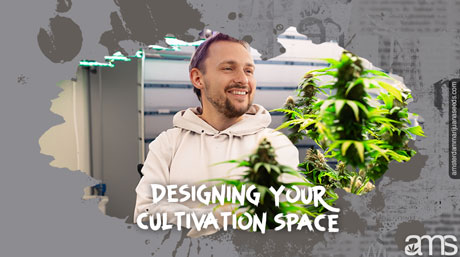
Section 3: Creating a Cultivation Timeline
Establishing a cultivation timeline is essential for managing the growth stages of your growing cannabis plants. Consider the following general timeline:
- Cannabis seeds germination and Seedling Stage (1-3 weeks):
During this initial phase, focus on providing your cannabis plants with the right environment to develop healthy roots and sturdy seedlings. Ensure they receive adequate light, moisture, and a suitable growing medium. - Vegetative Stage (4-8 weeks):
In the vegetative stage, your marijuana plants will experience rapid growth. Maintain a consistent light cycle of 18 hours of light and 6 hours of darkness per day. Monitor nutrient levels and provide the appropriate fertilizers for healthy foliage development. - Flowering Stage (8-12 weeks):
As your cannabis plants transition into the flowering stage, adjust the light cycle to 12 hours of light and 12 hours of uninterrupted darkness each day. During this phase, pay close attention to nutrient levels, pH balance, and provide proper support for heavy buds. - Harvesting and Curing:
Harvest your flowering cannabis plants when the trichomes (resin glands) on the flowers change from translucent to a milky white or amber color. After harvest, initiate the curing process by drying the buds slowly in a controlled environment with proper ventilation. Curing helps enhance the flavor, aroma, and overall quality of the final product.
Section 4: Optimizing Cannabis Growth and Yields
To maximize your cannabis growing operation yields, here are some additional tips and best practices:
- Nutrient Management:
Implement a nutrient management plan that includes the right balance of macronutrients (nitrogen, phosphorus, potassium) and micronutrients. Monitor nutrient levels and adjust accordingly to prevent deficiencies or excesses that can impact plant health and yield. - Watering:
Maintain a proper watering routine to keep the soil moist but not waterlogged. Overwatering can lead to root rot, while underwatering can stress the plants. Adjust watering frequency and volume based on plant needs, environmental conditions, and the stage of growth. - Training and Pruning:
Utilize training techniques such as low-stress training (LST) or high-stress training (HST) to shape the plant’s structure and promote even canopy development. Pruning selectively helps remove excess foliage, improves light penetration, and redirects energy to bud production. - Pest and Disease Control:
Regularly inspect your cannabis plants for pests and diseases. Implement integrated pest management strategies and use organic pest control methods whenever possible. Early detection and prompt action help prevent significant damage to your plants. - Environmental Considerations:
Continuously monitor and maintain optimal environmental conditions throughout the cultivation process. Factors such as temperature, humidity, airflow, and CO2 levels directly impact plant growth and yields. Regularly check and adjust these variables to create a favorable environment for your cannabis plants.
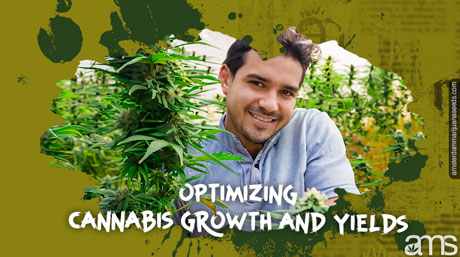
Conclusion:
Establishing a well-structured cannabis cultivation plan and timeline is crucial for maximizing your success as a cannabis grower. By selecting high-quality cannabis seeds, designing an optimal cultivation space, and following a carefully planned timeline, you’ll set yourself up for a rewarding and bountiful harvest. Remember, successful cannabis cultivation requires ongoing learning, adaptability, and attention to detail. Embrace the journey and enjoy the process of growing your own cannabis.
FREQUENTLY ASKED QUESTIONS:
- What is the timeline for growing cannabis?
The cannabis growing timeline includes germination (1-3 weeks), the vegetative stage (4-8 weeks), and the flowering stage (8-12 weeks). Harvesting and curing follow, which are essential to achieving quality results. - How long does it take for cannabis to grow from seed?
Cannabis typically takes between 12-24 weeks to grow from seed to harvest, depending on the strain and growing conditions, with specific stages such as germination, vegetative, and flowering phases. - What are the main stages in the cannabis plant life cycle?
The cannabis life cycle includes germination, seedling, vegetative growth, flowering, and harvesting stages, each requiring specific care, nutrients, and environmental conditions for optimal plant health and yields.





